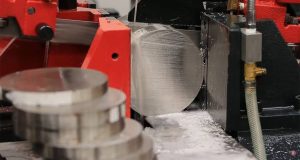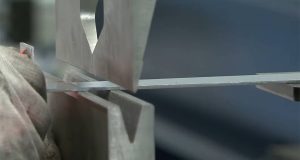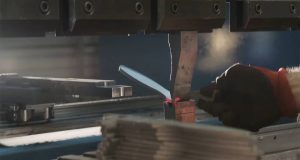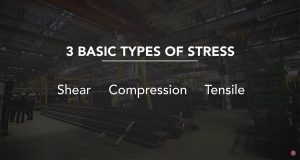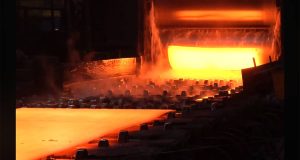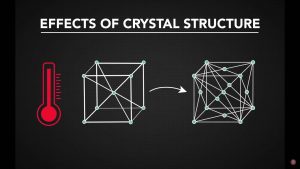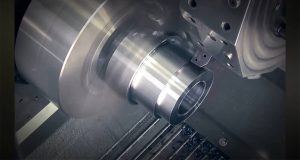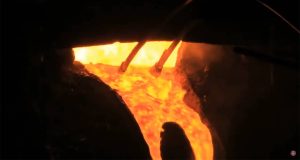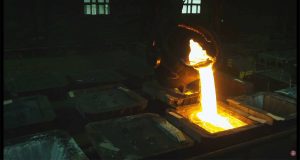Why Cold Work Matters in Steel Processing
To improve its qualities, steel frequently goes through cold working following hot working. Hot working causes scaling and might not produce the exact shape needed. Manufacturers can improve the steel’s performance in applications requiring accuracy and durability by cold treating it to remove surface scale, sharpen dimensions, and strengthen it.
Main Methods of Cold Working Steel
Cold work is carried out at or near room temperature, and several techniques are widely used:
- Cold rolling – steel passes through rollers to reduce thickness and refine its shape.
- Cold drawing – stock is pulled through a die to reduce diameter and enhance uniformity.
- Cold forging – compressive forces are applied to form smaller components.
- Cold extrusion – material is pushed through a die without heating.
Effects on Steel’s Strength
Steel’s grain structure gets more compacted during cold working. Strength and hardness are boosted as a result. The drawback is decreased ductility, which makes the steel less pliable and more likely to fracture under specific pressures.
Impact on Machinability
In addition to strengthening steel, cold working makes it easier to machine. The steel is easier to cut, drill, and form into intricate parts when it has a more refined shape and a smoother surface finish. Because of this, manufacturing industries place a high value on it.
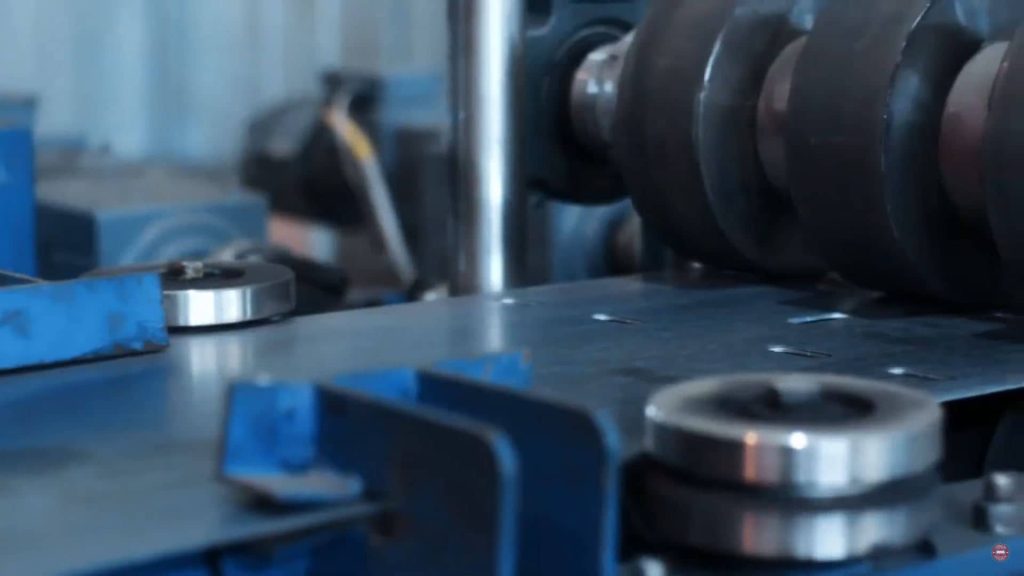
Test Your Knowledge on Cold Working
Think you know the basics of cold working and how it changes steel? Put your knowledge to the test with our quiz “What is Cold Working?” on sawbladeuniversity.com and see how much you really understand.
Comparison of Hot Worked vs. Cold Worked Steel
| Feature | Hot Worked Steel | Cold Worked Steel |
|---|---|---|
| Temperature | Processed above recrystallization temp. | Processed at room temperature |
| Surface | Rough, with scale | Smooth, refined |
| Strength | Lower | Higher |
| Ductility | Higher | Lower |
| Cost | Less expensive | More expensive |
Cost Considerations
The final product is typically more expensive since cold working calls for more processing stages and stronger equipment. But in businesses that need accuracy, the increased strength and tighter tolerances might make the extra cost worthwhile.
Advantages of Cold Worked Steel
- Increased strength and hardness
- Improved machinability
- Better surface finish
- Dimensional accuracy
Limitations of Cold Worked Steel
While cold working enhances many qualities, there are trade-offs:
- Reduced ductility
- Higher production cost
- Increased risk of stress cracking
- More difficult forming for large sections
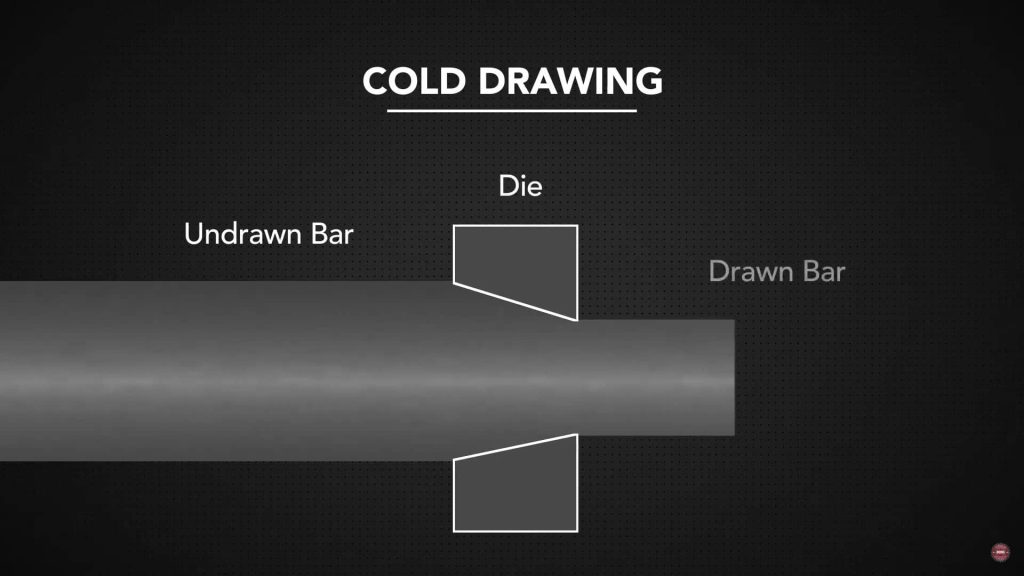
Applications in Industry
Cold worked steel is widely used in sectors where accuracy and durability matter most. Examples include automotive parts, construction fasteners, machinery components, and consumer tools.
Choosing Between Hot and Cold Worked Steel
Take the intended application into account while choosing steel. Hot wrought steel could work well if cost and flexibility are your top concerns. Cold wrought steel is a preferable choice if precision, hardness, and smooth surfaces are needed.
Key Takeaways on Cold Work
- Cold working increases strength but lowers ductility.
- It provides smoother finishes and refined shapes.
- It requires more advanced equipment, raising costs.
- It is ideal for high-precision applications.
Learn More About Heat-Resistant Alloys
If you’re curious about why certain materials can endure extreme temperatures without losing strength, check out our article “Nickel-Based Superalloys: What Makes Them Heat-Resistant?”. It explains the science behind these alloys and why they’re essential in industries like aerospace and energy.
In order to refine steel for demanding applications, cold working is essential. It provides companies with steel that functions dependably in both structural and precise applications by fortifying the material, increasing machinability, and improving accuracy.

